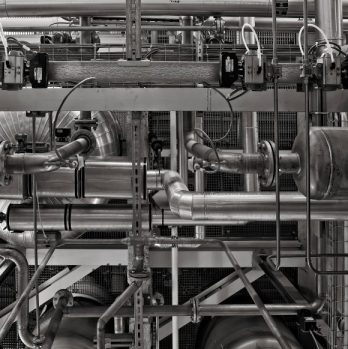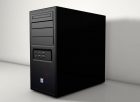Laptop Apple: The Ultimate Guide to Apple Laptops

Introduction:
In today’s digital era, laptops have become an essential tool for various activities, whether it’s for work, education, or entertainment. When it comes to laptops, Apple has established itself as a leading brand, offering reliable and high-performance devices. In this article, we will provide a comprehensive overview of Apple laptops, exploring their types, popularity, quantitative measurements, differences, and a historical analysis of their pros and cons.
1. Overview of Laptop Apple:

Apple laptops, also known as MacBooks, are renowned for their sleek design, cutting-edge technology, and exceptional user experience. These devices run on Apple’s operating system, macOS, which offers a seamless integration between software and hardware. With a strong focus on performance and security, Apple laptops provide a reliable and efficient computing experience.
2. Types and Popularity of Laptop Apple:
Apple offers a range of laptop models to cater to different user needs. The MacBook Air is a popular choice among users looking for a lightweight and portable option. It is best suited for everyday tasks, such as web browsing, email, and document editing. MacBook Pro, on the other hand, is designed for professionals and power users who require top-notch performance for tasks like video editing, graphic design, and coding. Additionally, Apple also offers a 16-inch MacBook Pro for those seeking a larger display and enhanced performance.
3. Quantitative Measurements of Laptop Apple:
When it comes to quantitative measurements, Apple laptops excel in various aspects. They are known for their long-lasting battery life, enabling users to work on the go without constantly seeking a power source. Additionally, Apple laptops boast high-resolution displays, offering vibrant colors and sharp details. The devices are equipped with powerful processors and ample storage options to ensure smooth multitasking and efficient storage management.
4. Differences Among Laptop Apple Models:
While Apple laptops share many similarities, there are significant differences among their models. One of the key differentiators is the processing power, with MacBook Pro models offering more advanced and faster processors. Additionally, storage options vary across the models, with some offering solid-state drives(SSDs) that provide faster data access and others offering traditional hard disk drives (HDDs) that provide larger storage capacities.
5. Historical Pros and Cons of Laptop Apple:
Over the years, Apple laptops have evolved, bringing both advantages and disadvantages. Historically, a major advantage of MacBook Pro models was their excellent performance for resource-intensive tasks. However, some users experienced overheating issues, leading to decreased performance. Apple addressed this concern with better cooling systems in newer models. Another advantage of Apple laptops is their strong security features, keeping user data safe from potential threats. On the downside, Apple laptops tend to be more expensive compared to their Windows counterparts, making them less accessible for budget-conscious consumers.
Conclusion:
Apple laptops, or MacBooks, are highly regarded for their sleek design, exceptional user experience, and powerful performance. With a range of models, including the MacBook Air and MacBook Pro, users can choose based on their needs and preferences. Apple laptops excel in various quantitative measurements such as battery life, display quality, and processing power. While differences exist among models, all Apple laptops provide a reliable and efficient computing experience. Despite their historical advantages, including performance and security, Apple laptops tend to be more expensive. Nonetheless, for those seeking a premium and high-performing device, Laptop Apple remains an excellent choice.











